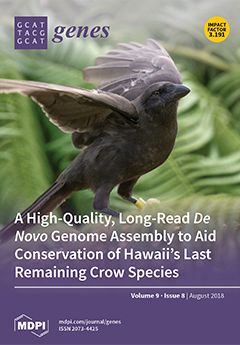Glutamine synthetase (GS) plays a key role in nitrogen metabolism. Here, two types of tobacco transformants, overexpressing
Triticum aestivum GS1 (TaGS1) or GS2 (TaGS2), were analysed. Four independent transformed lines, GS1-TR1, GS1-TR2, GS2-TR1 and GS2-TR2, were used for the nitrogen treatment. Under nitrogen-sufficient
[...] Read more.
Glutamine synthetase (GS) plays a key role in nitrogen metabolism. Here, two types of tobacco transformants, overexpressing
Triticum aestivum GS1 (TaGS1) or GS2 (TaGS2), were analysed. Four independent transformed lines, GS1-TR1, GS1-TR2, GS2-TR1 and GS2-TR2, were used for the nitrogen treatment. Under nitrogen-sufficient conditions, the leaves of GS2-TR showed high accumulation of the
TaGS2 transcript, while those of GS1-TR showed a low
TaGS1 transcript levels. However, compared with nitrogen-sufficient conditions, the
TaGS1 transcript level increased in the leaves under nitrogen starvation, but the
TaGS2 transcript level decreased. In addition, the
TaGS1 and
TaGS2 transcript levels were highest in the middle leaves under nitrogen-sufficient and starvation conditions. These results show that nitrogen supply and leaf age regulate
TaGS expression, even when they are driven by a super-promoter. Additionally, in regard to nitrogen metabolism level, the lower leaves of the GS1-TR exhibited lower NH
4+ and higher amino acid contents, while the upper leaves exhibited higher amino acid, soluble protein and chlorophyll contents. The leaves of the GS2-TR exhibited lower NH
4+ but higher amino acid, soluble protein and chlorophyll contents. Given the role that GS isoforms play in nitrogen metabolism, these data suggest that
TaGS1 overexpression may improve nitrogen transport, and that
TaGS2 overexpression may improve nitrogen assimilation under nitrogen stress.
Full article






